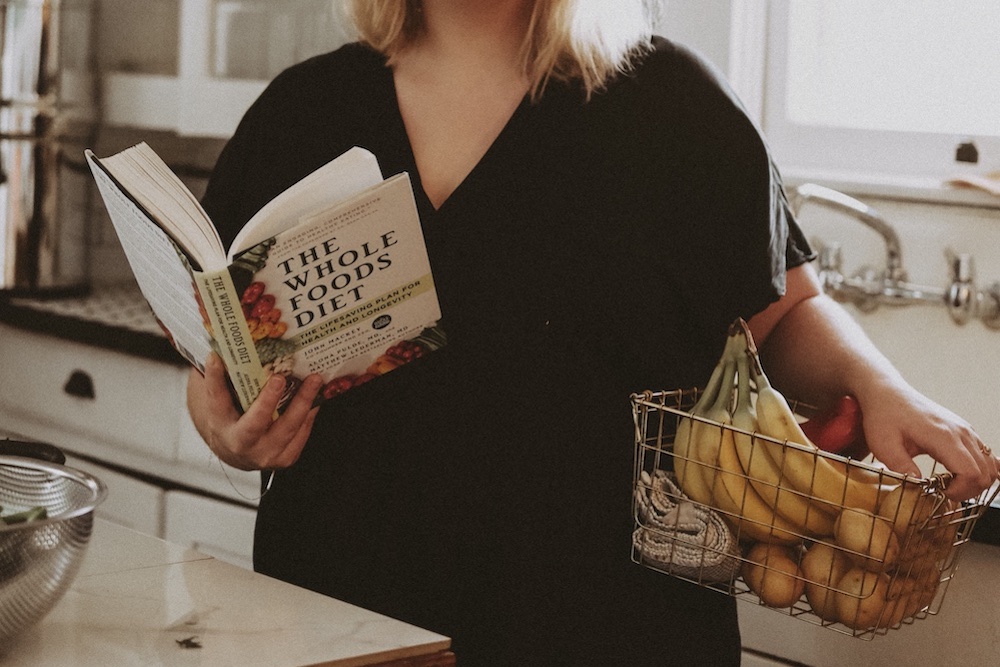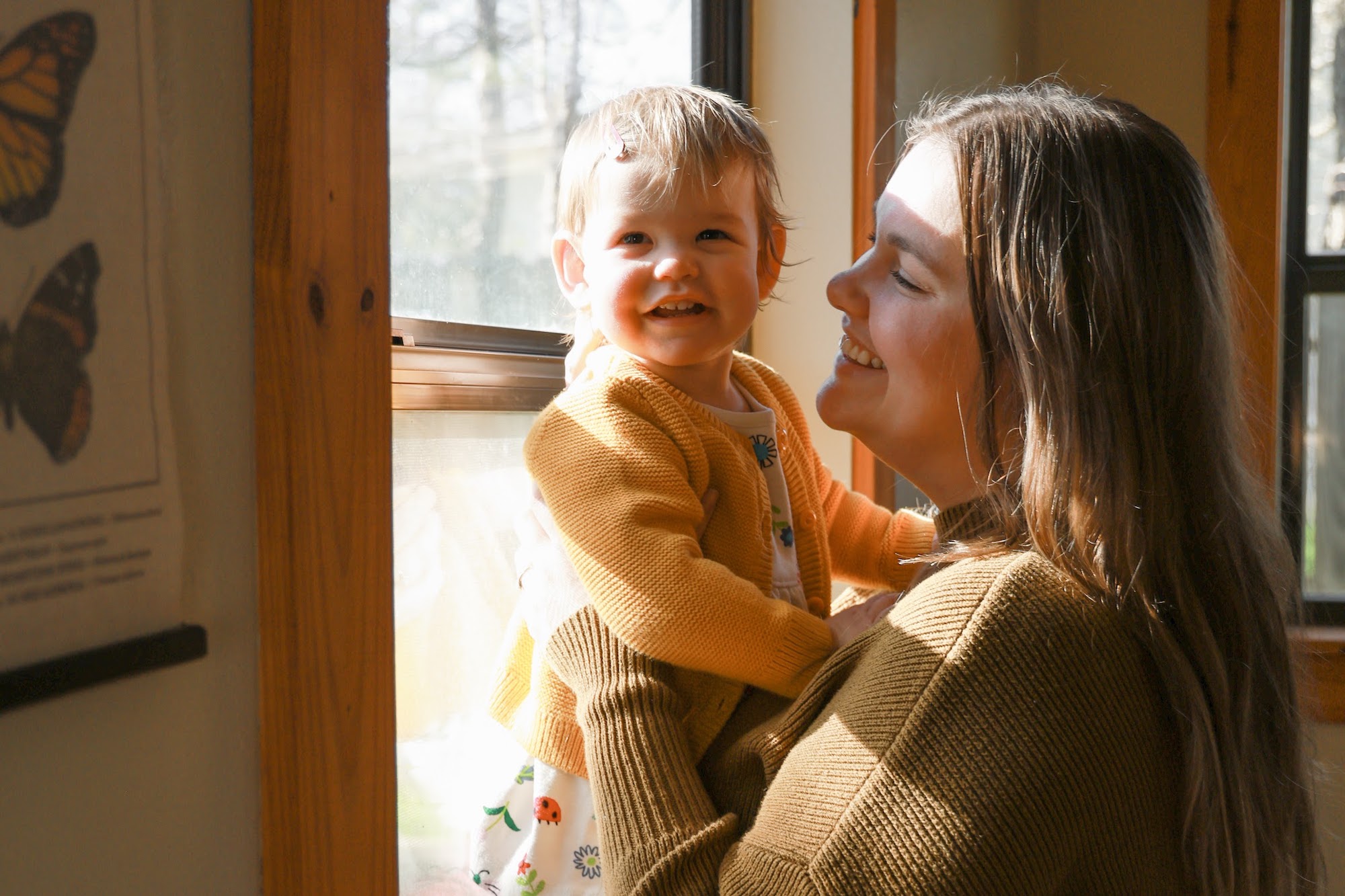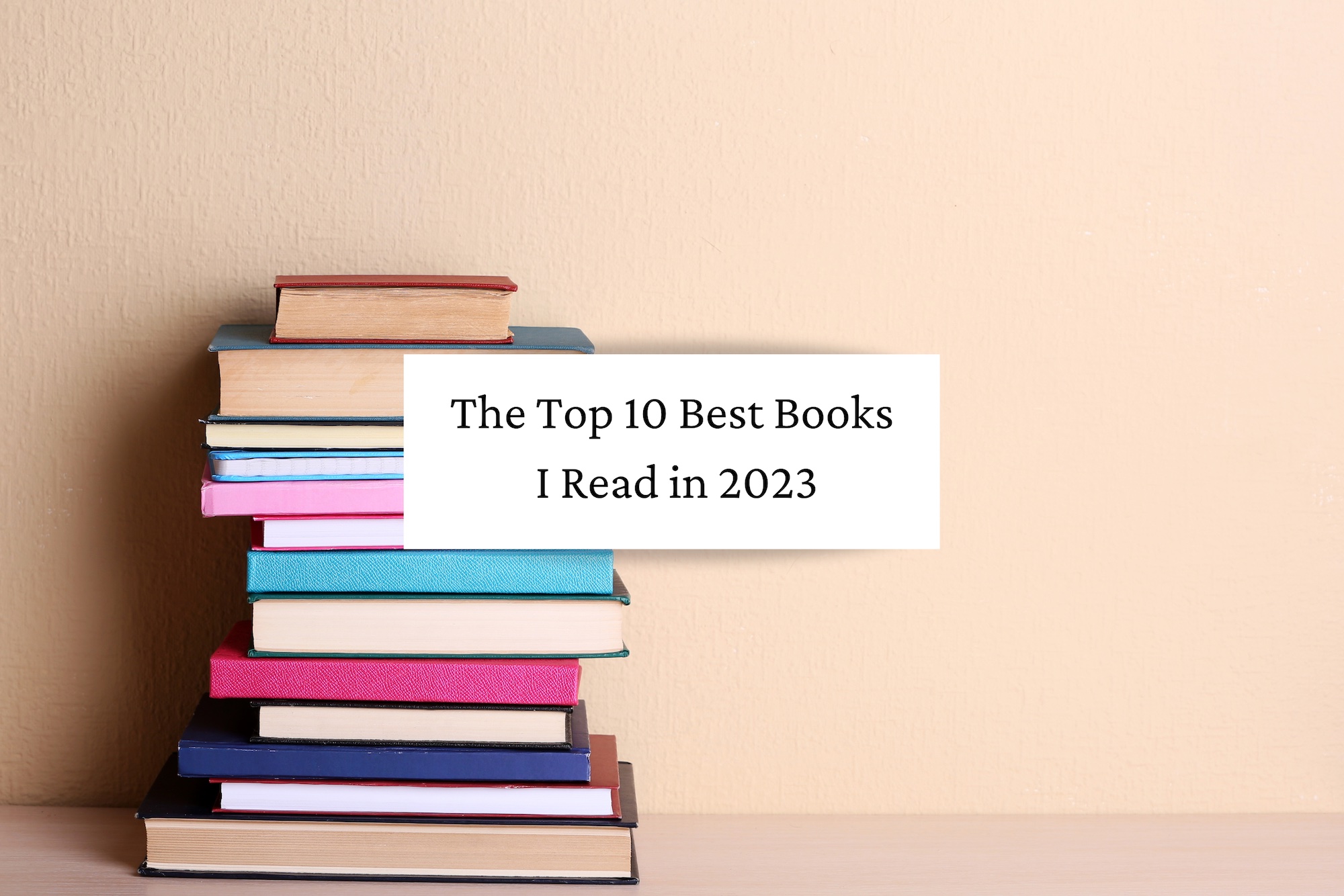In The Whole Foods Diet, authors John Mackey, Alona Pulde, MD, and Matthew Lederman, MD share what they believe to be the definitive guide to the optimum diet for health and wellness. John Mackey is co-founder and CEO of Whole Foods Market. And while he certainly mentions the company in this book, the grocery store is not front and center. Mackey admits that the food values of Whole Foods Market do not align perfectly with his personal food values, though he is still proud of the strides the company has made in pointing consumers toward healthier food. The purpose of the book is not to get readers to shop at Whole Foods; the purpose is to teach readers how to eat the healthiest diet, no matter where they shop. Mackey writes,
“The beauty of our modern culture is that we are blessed with an abundance of choices—what we need are the tools and information to help us navigate them wisely. I wrote this book to help you do just that. Wherever you are—whether at a supermarket, the corner store, or your local farmers market; an airport, a cocktail party, or a shopping mall food court—I want you to have the confidence to pick the best available foods with which to nourish your body.”
Here are the basics of what The Whole Foods Diet looks like in practice:
The Whole Foods Diet consists of two parts; 1) eat “whole-foods” (meaning unprocessed foods that are as close to their natural form as possible) and 2) eat 90%+ plant-based food (meaning that meat, dairy, and eggs make up 10% or less of your diet).
The authors write about their own personal convictions that led to choosing a life of ethical veganism, and there is one chapter devoted to this belief system. However, the focus of the book is on health, not ethics, and the authors point to the research showing the health benefits of reducing intake of animal products, without removing them from your diet entirely. I appreciated the authors’ transparency on this topic.

Not the Whole30
It’s easy to confuse a Whole Foods Diet with the Whole 30, the 30-day kickstart challenge created by Melissa Urban. These two diets, while similar in name, actually look quite different in practice. The Whole30 challenge removes a lot of options from your diet: including all sugar, alcohol, grains, legumes (beans, lentils, and nuts), and dairy products. On the Whole Foods Diet, however, you are encouraged to eat a lot of healthy grains and legumes. The Whole30 removes dairy completely, while the Whole Foods Diet encourages you to eat animal products (dairy and meat) as fewer than 10% of your caloric intake. The Whole30 does not limit meat consumption. When it comes to alcohol, the Whole Foods Diet does not have a hard and fast ban like the Whole30, but they do remind you to remain cautious of “drinking your calories”.
The Whole30 is a temporary challenge to jumpstart you into a new lifestyle, while the Whole Foods Diet takes a different approach. While The Whole Foods Diet does include a 28-day plan for those who are ready to go all-in, the authors champion a slower approach of easing into this lifestyle. The idea is that if moving more slowly in the direction of a big diet change makes the change more sustainable, it’s a lot better for you in the long-run than making radical changes you can only sustain for a month or two.

“The Great Grain Robbery”
The authors dedicate several chapters to addressing the most popular diet trends of our current day, including low-carb diets and the Paleo diet, comparing each of them to the Whole Foods Diet and arguing why trying the Whole Foods Diet is a better use of your time. They spend a chapter specifically addressing our culture’s more recent obsession with a gluten-free diet, explaining just how few people truly have gluten allergies or intolerances. Most of the issues people have in our present day with processing gluten have little to do with gluten itself, and a lot more to do with the over-processing and preserving of breads and other gluten-filled foods.
One thing I find compelling about this diet is that there are not really any portion limitations; rather, the authors encourage you to eat until you’re satisfied and learn to listen to your own body’s needs. There is no counting calories or carbohydrates on the Whole Foods Diet. The Whole Foods Diet includes a 28-Day Eat Real Food Plan, complete with daily meal plans and recipes. Peet and I have tried a few of the recipes included in the book— I really love their recipe for oil-free hummus as well as baked tofu for sandwiches, rice bowls, and other dishes.
The book includes testimonials from people who have experienced dramatic health transformations after switching to the Whole Foods Diet. Also included are brief bios of doctors and other health professionals who have made an impact in promoting this lifestyle. The Whole Foods Diet is rich in information and research about this lifestyle and the benefits it yields. I was amazed by the depth of research on how this diet prevents and reverses heart disease and diabetes, and increases life expectancy. If you’re interested in exploring a diet that will leave you feeling renewed and energized, this is the book for you.
Thank you for reading my review of The Whole Foods Diet. To stay up to date on all of my book reviews, join my email newsletter below.
Photos by Kara Buse.





